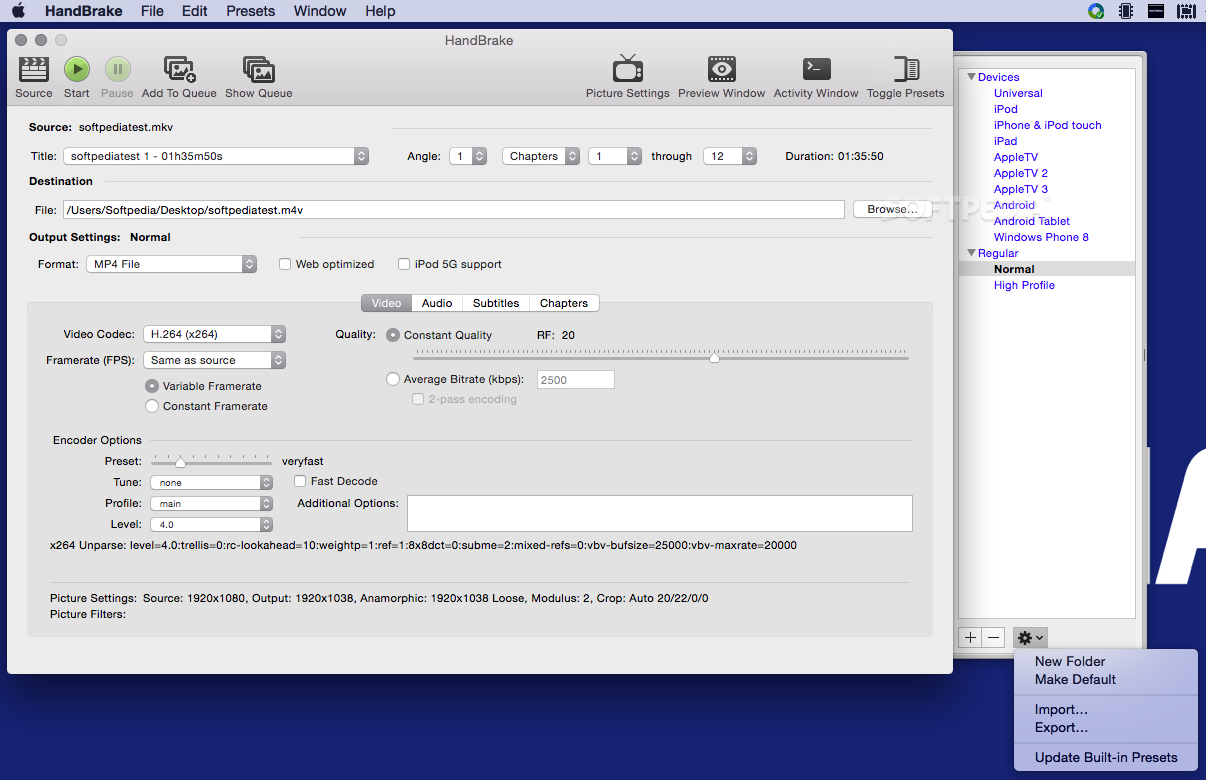


This results in tremendous control over processor design - the kind of control you would need to scale a phone processor up for high-end desktops. Apple designs its own GPUs, its own CPUs, and handles SoC design and integration. The M1 and M2 lines are the culmination of a long journey that has seen the firm transition away from SoCs based on third party design and IP, moving all chip design in-house to the furthest extent realistically possible.

Packing 20 CPU cores, a 21 teraflop GPU, and 800GB/s of memory bandwidth, it certainly seems like it could be - but how does it measure up in real-world testing and how well does it game? It's the M1 Ultra that truly commands our attention though: this system-on-chip represents the highest end computer processor Apple has designed to date, with the firm claiming it should be as fast as a high-end Windows desktop. Our focus is on the monster that is the M1 Ultra, found within the latest Apple Mac Studio, but we're also going to be checking out the MacBook Pro's M1 Max. It's high time Digital Foundry took a look at Apple Silicon and today we're going to be looking at the higher-end chips in the line-up.


 0 kommentar(er)
0 kommentar(er)
